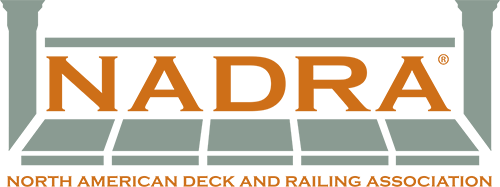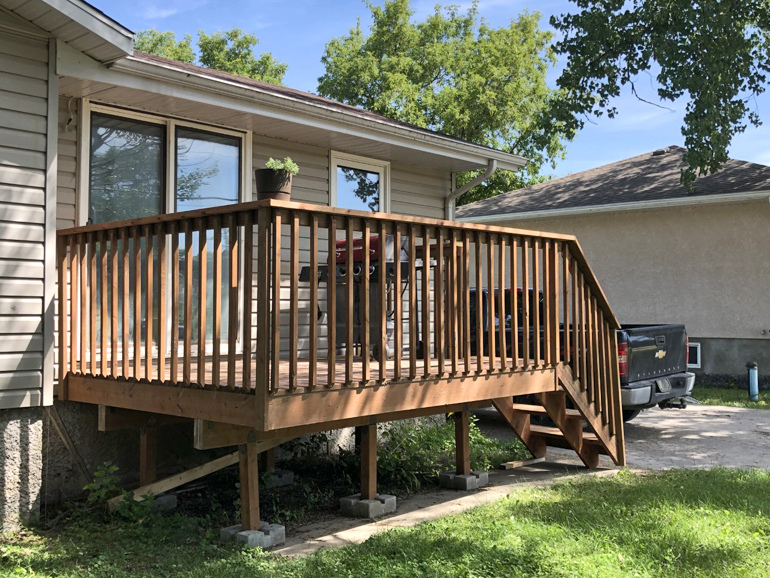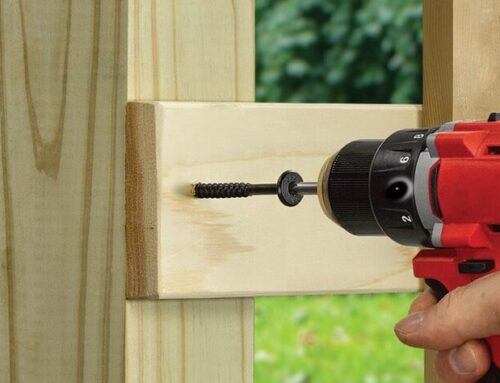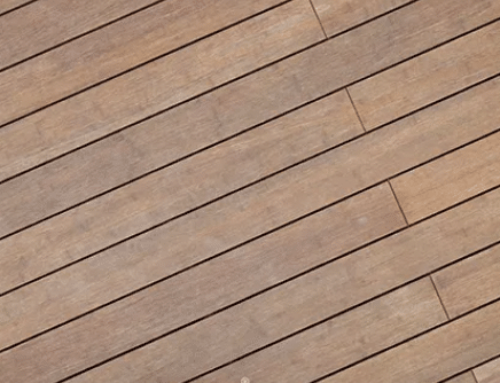Consumers may continue to see the price of lumber at retail stores drop considerably in the coming months after wholesale prices declined around 50 per cent back in June.
Paul Jannke, Principle of Lumber for Forest Economic Advisors says that in March wholesale prices peaked at around $1,400 per thousand board feet (the standard unit of measure for Western Spruce-Fir-Pine lumber), but about a month ago took a nose dive.
“They plunged as low as into the $540-$560 range about two weeks ago (June 14), so that’s wholesale prices dropping by 60 per cent,” says Jannke.
Jannke added that though the wholesale price has dropped, it will take a little bit of time for consumers to see that reflected decrease in retail stores.
“They will feed through into lower retail prices as well. With wholesale prices taking about 3-4 months to translate into retail prices, I would expect by August/September to see lumber prices drop by as much as 50 per cent.”
The COVID-19 pandemic has wreaked havoc on the lumber industry causing severe supply constraints due to production shutdowns and combined with a surge in demand due to home construction and renovation projects, prices shot up.
“Prior to the pandemic prices dropped to about $300 (per thousand board feet) and then we saw them shoot up above $1,600, it was more than a five-fold increase in lumber prices.”
The average price of lumber in Canada rose by roughly 500 per cent between 2020 and 2021.
“That came about for two reasons. Number one, when the pandemic hit, the buyers all thought that consumption was going to fall, so they stopped buying, reducing their inventory. Producers thought that consumption was going to fall, so they cut back on their production. Consumers didn’t get the message and they went out and bought a tremendous amount of wood products because they didn’t have anything else to spend their time or money on.”
As mentioned before, throughout COVID-19 an increase in home renovation, due to people being stuck at home, and the rising prices in lumber, those renos cost a lot more than before the pandemic began.
“We did see the lumber cost for a home go up from around $4,500, which was the original price for the lumber, moving up to the $30,000 range.”
Now with the price decreasing to about $540/thousand board feet, the average cost of lumber needed to build a house is around $9,000.
Now with prices starting to drop, it may be safe to say that the COVID bubble has burst in the lumber industry, which for consumers is a good thing to hear.
“There’s a couple of reasons for this. Number one, the vaccine is pretty widely available. Number two, the latest Omicron variants are not nearly as deadly as previous variants. Number three, people are pretty much getting sick of it and want to move on. I think the major closures due to the Omicron variants are behind us.”
Elsewhere in the lumber industry, a 40-year dispute continues between two of the largest exporters and importers of softwood lumber around the world, Canada and the United States, but the issue could be resolved by August.
Former U.S. President Donald Trump imposed a 20 per cent tariff on Canadian softwood lumber prior to the COVID-19 pandemic, but tariffs were later lowered to 8.99 per cent after a decision from the World Trade Organization in late 2020.
The U.S. places tariffs on Canadian lumber imports to raise its price at the retail level to encourage customers to purchase American-made wood instead. It’s estimated the U.S. produces 70 per cent of the lumber they purchase annually, with the majority of the remainder coming from Canada.
Then in late 2021, President Joe Biden announced they would be raising duties back to 17.9 per cent. But by February 2022, the U.S. said tariffs could come down to 12 per cent across the board, but a decision won’t be made until August.
Jannke adds that the decision will likely influence the cost of lumber this fall, as well.
The two countries’ dispute over the fairness of the tariffs has been ongoing since 1982. But despite the longstanding feud, Canada exports about $8 billion of softwood lumber each year, which the U.S. remains the largest buyer of.
In Saskatchewan, lumber is a big producer as over half of the province is forested, representing 34 million hectares.
Forestry is northern Saskatchewan’s largest industry. In normal market conditions, the forest industry generates over $1 billion in forest product sales annually and supports nearly 8,000 direct and indirect jobs.
Saskatchewan’s forest industry currently has 62 per cent of the commercial forest certified to one or more of the following internationally recognized forest certification regimes:
- WoodCanadian Standards Association (CSA) Sustainable Forest Management
- Forest Stewardship Council (FSC)
- Sustainable Forestry Initiative (SFI)
(With files from Ryan Forbes, Kenora Online)
SOURCE West Central Online, See original article published HERE




